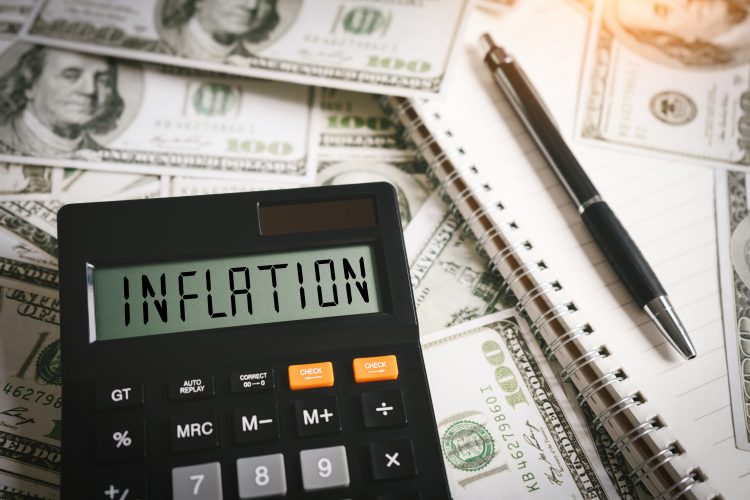The Conference Board Leading Economic Index (LEI) for the U.S., which provides an early indication of significant turning points in the business cycle and where the economy is heading in the near term, decreased by 0.5% in May to 101.2, following a 0.6% decline in April. Over the six-month period between November 2023 and May 2024, the LEI fell by 2.0%—a smaller decrease than its 3.4% contraction over the previous six months.
“The U.S. LEI fell again in May, driven primarily by a decline in new orders, weak consumer sentiment about future business conditions, and lower building permits,” said Justyna Zabinska-La Monica, senior manager, business cycle indicators, at The Conference Board. “While the Index’s six-month growth rate remained firmly negative, the LEI doesn’t currently signal a recession. We project real GDP growth will slow further to under 1% (annualized) over Q2 and Q3 2024, as elevated inflation and high interest rates continue to weigh on consumer spending.”
The Conference Board Coincident Economic Index (CEI) for the U.S. rose by 0.4% in May to 112.4, after increasing by 0.1% in April. The CEI grew 0.6% over the six-month period ending in May, down from its 1% increase over the previous six months. The CEI’s component indicators—payroll employment, personal income less transfer payments, manufacturing and trade sales, and industrial production—are included among the data used to determine recessions in the U.S. All four components of the index improved last month, with industrial production making the largest positive contribution to the Index.
The Conference Board Lagging Economic Index (LAG) for the U.S. inched down by 0.1% in May to 119.4, after increasing by 0.3% in April. As a result, the LAG’s six-month growth rate softened to 0.7% between November 2023 and May 2024, down from 0.8% over the previous six months.
The LEI’s year-over-year growth remained negative but continued trending upward. May’s decline in the LEI was led by new orders, consumer sentiment, and building permits. It did not signal a recession in May as its six-month growth rate trended less negative.
The 10 components of the Leading Economic Index for the U.S. are:
- Average weekly hours in manufacturing
- Average weekly initial claims for unemployment insurance
- Manufacturers’ new orders for consumer goods and materials
- ISM Index of New Orders
- Manufacturers’ new orders for nondefense capital goods excluding aircraft orders
- Building permits for new private housing units
- S&P 500 Index of Stock Prices
- Leading Credit Index
- Interest rate spread (10-year Treasury bonds less federal funds rate)
- Average consumer expectations for business conditions












